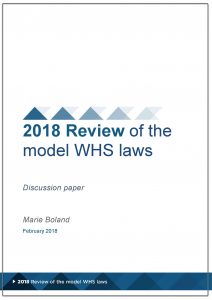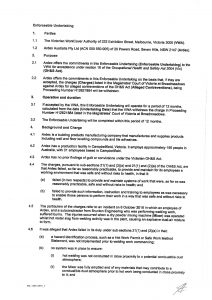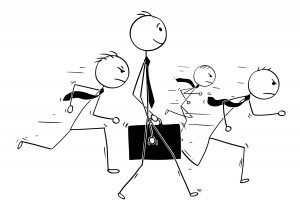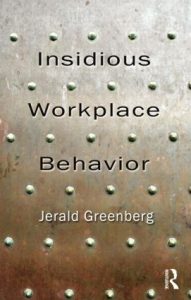 In 19 February 2018, Safe Work Australia (SWA) “launched” the independent review of Australia’s Work Health and Safety laws under former Executive Director of SafeWorkSA, Marie Boland. SWA has released a 49-page discussion paper, a summary and a list of questions. Below is an initial response to some of those questions.
In 19 February 2018, Safe Work Australia (SWA) “launched” the independent review of Australia’s Work Health and Safety laws under former Executive Director of SafeWorkSA, Marie Boland. SWA has released a 49-page discussion paper, a summary and a list of questions. Below is an initial response to some of those questions.
What are your views on the effectiveness of the three-tiered approach – model WHS Act supported by model WHS Regulations and model WHS Codes – to achieve the object of the model WHS laws?
The structure works well, when business owners know of the relevant documents.

 In 2016,
In 2016,  The existence of this statement is of no surprise to occupational health and safety (OHS) professionals. Similar statements are made all the time. The sad surprise of this quote is that it appeared in 1972 on page 1 of the Safety and Health at Work – Report of the Committee 1970-72, otherwise know as the Robens Report.
The existence of this statement is of no surprise to occupational health and safety (OHS) professionals. Similar statements are made all the time. The sad surprise of this quote is that it appeared in 1972 on page 1 of the Safety and Health at Work – Report of the Committee 1970-72, otherwise know as the Robens Report. Enforceable Undertakings
Enforceable Undertakings One of the arguments that occupational health and safety (OHS) consultants use to convince employers of the importance of workplace safety is that good safety management will increase
One of the arguments that occupational health and safety (OHS) consultants use to convince employers of the importance of workplace safety is that good safety management will increase  In
In